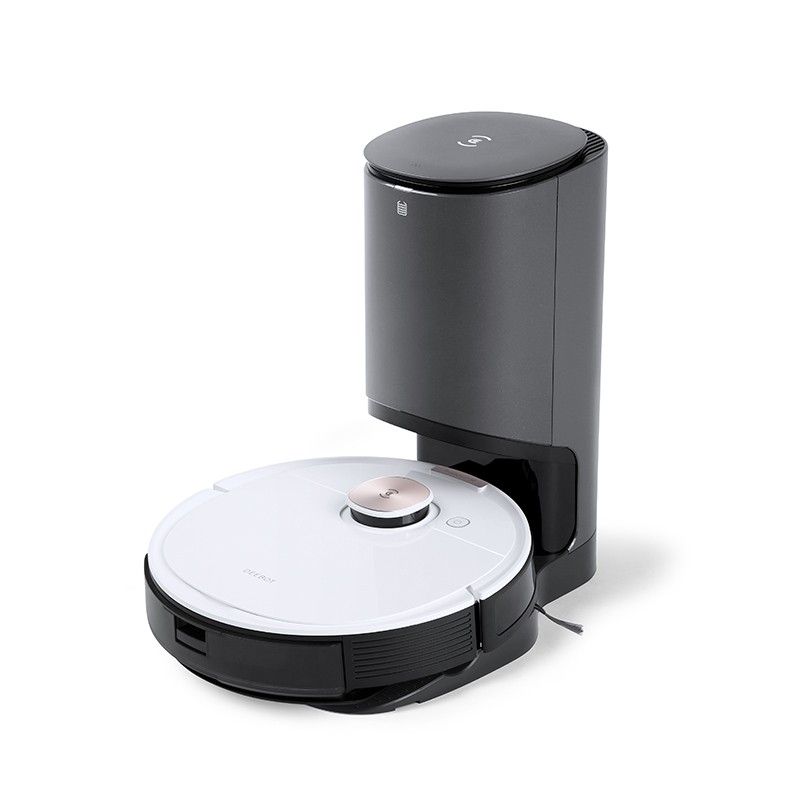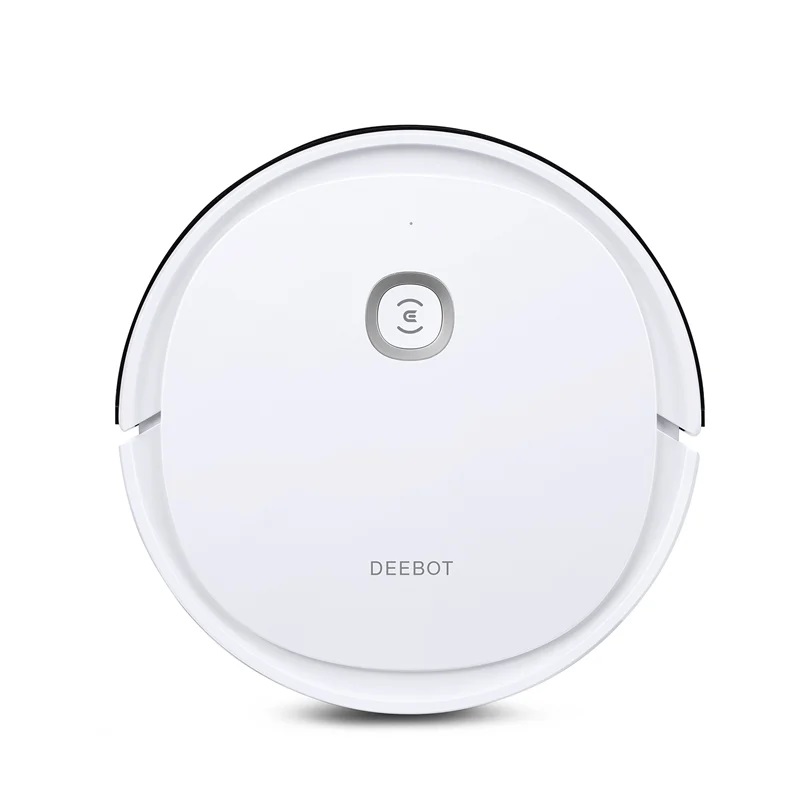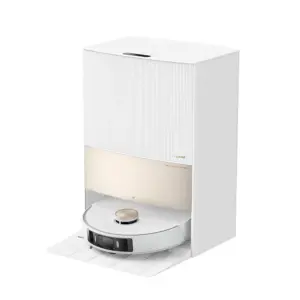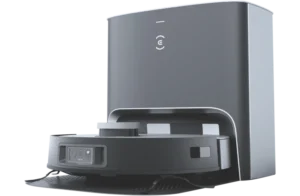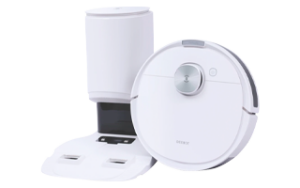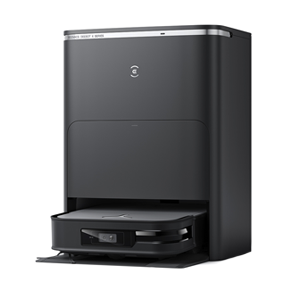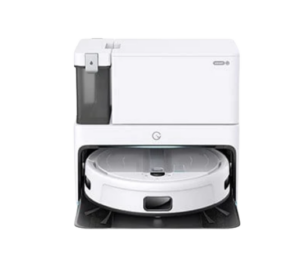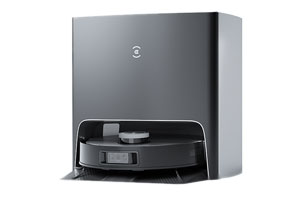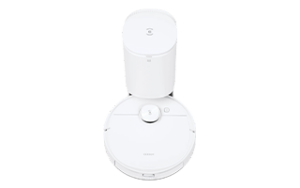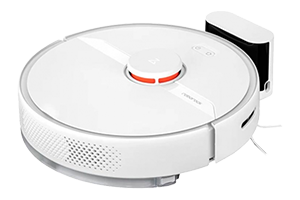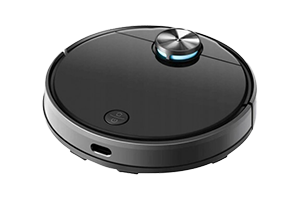Nothing between the rollers
Eureka J20 review: Not the sharpest tool
Robot vacuum cleaners are composed of two equally important components; the hardware and the software. When it comes to the Eureka J20 the hardware is closer to matching the price point, but the software and resulting user experience is well below the standard we expect. The J20 is buggy, and at $2,499 buggy doesn’t cut it.

Eureka J20: Performance
Fitted out with a self-emptying station, 45°C mop drying, and automatic water emptying and refilling, there is a lot to be excited about in the J20’s hardware. Perhaps the most interesting feature however is its belt-mop roller design. Similar to what we’ve seen in new Ecovacs and Eufy products, the roller mop allows the J20 to clean itself as it goes so you never drag a dirty mop head around your floors. The belt-mop design is that little bit stauncher than other roller mops, extending out into more of an oval than a circle with a larger surface area. Exerting 17N of downwards pressure, the mop is able to press down on the floor creating more friction and resulting in a better wet floor clean when compared to traditional robot vacuum mopping.
Unsurprisingly this makes for excellent mopping performance. In testing we found that the J20 could handle your usual floor dirt just as well as maple syrup, and was able to absorb and remove stagnant water too. As there is no extendable mop mechanism the edge performance suffers however, and this extends out to the vacuuming side of things too.

While the J20 does have a rotating dust propeller on the front to help erk debris out of corners and edges, it doesn’t do a great job. It tends to whip larger particles away from the device rather than bringing them closer to the vacuum which mostly just redistributes the mess. Smaller dust and debris are pulled up fine, but anything the size of oatmeal or larger won’t necessarily get sucked up. Amping the suction up somewhat helps with these larger bits of debris, but the volume is the trade-off. 65dB is the lowest noise level on the vacuum, which is already pretty loud for a device that needs around an hour and a half to do its job. The higher the suction, the worse these noise levels get - so beware.
All things considered the J20 does a solid job tackling hair and fur on both carpet and hard floor. When it goes on to carpet the device automatically ups the suction and does well to remove surface level fur from whatever species are currently shedding in your home. Unlike most other robot vacuums we’ve tested at this price point, it doesn’t have any anti-tangle technology on its rollers. After a couple of runs around my house that was abundantly clear, but it does have a handy cutting tool for peeling off the layers of fur, so that's something.
Designated edge cleaning tech, quieter operation, and anti-tangle rollers have quickly become standard for this price point so it is disappointing not to see them included. Without these features the practical performance of the J20 is a bit below what we have seen from comparable robot vacuums, but still a big improvement from last years’ high-end models. For most people this will be a huge step up, but for the same price you could step it up even higher, especially when you consider the software issues.
Eureka J20: Intelligence
Arguably the smarts of a robot vacuum cleaner are more important than the mechanics. Yes, it is great to have a little robot buddy that can zip around your house and do your chores but unless it is smart enough to avoid trouble it is just going to create more work. Put simply, the Eureka J20 isn’t the sharpest tool in the shed.
Eureka claims this is its smartest robot vacuum to date, and the bar must be pretty low. In the time I have been testing the J20 it has eaten cables, rammed into my feet and walls, got tangled up in shoe laces and dragged them around the house, and has seemingly randomly defaulted its app settings time and time again. App issues aside (which we will get into later) the problems here are mostly based around object detection and avoidance.

The J20 uses LiDAR to map and navigate, and AI to identify potential obstacles in its path. This is par for the course in most robot vacuums, except Eureka’s performance using these capabilities is a bogie. While the initial mapping is fast and accurate, the device has a hard time navigating changes in the environment. When it encounters something that isn’t on the map - whether that is a pair of shoes or your feet standing next to a table - it defaults back to what we call bump-style navigation. This is what we call it when a robot vacuum gently nudges into its surroundings until it finds a way around. Not only is this quite primitive for a device at this level, but it also results in the suction or the roller grabbing things it shouldn’t. Hence why I spent a good chunk of time chasing the J20 around to retrieve charging cables and shoes from its grasp. These kinds of issues simply haven’t been a problem with other devices we have tested at this price point, with similar navigation claims. It feels like a step backwards.
Although the LiDAR mapping does work well, the app doesn’t live up to that. Most other robot vacuum apps like Roborock and Dreame allow users to see obstacles, and tweak floor types and other details on the map, but the Eureka app doesn’t. It also had a tendency to entirely reset itself to its default settings. Pretty much every day I had to go back in to turn off carpet avoidance, and mute the speaking volume of the vacuum. If I forgot it meant that the device wouldn’t clean my carpets, and would chatter away sporadically throughout the day.
There is also just a crazy amount of lag between the real-time cleaning and what shows up in the app. Everything that I have done through the app from starting a clean to updating the speaking volume of the device has taken around 20 seconds to register on the device. I have a lot of devices on my network, but none with latency this poor. Eureka provides a bit of troubleshooting for this issue, including suggesting that you increase the bandwidth on your network. Take it from me - a person who connects devices to my home network for living - the problem probably isn’t your network on this one.
How much does Eureka J20 cost in Australia?
The regular retail price of the Eureka J20 is $2,499 in Australia, and it is available exclusively through Amazon.
Prices are accurate as of the publish date. We may earn money if you purchase something through one of these links.
Is the Eureka J20 worth it?
While the practical vacuuming and mopping performance is up there, my overall experience using the Eureka J20 makes it hard to recommend. There is no doubt that this device would be a big step up for most users in the market, but if you’re looking to spend $2,500 on an appliance you should go for the absolute best. Apart from the roller mop, most of the leading robovac manufacturers have similar devices with better object detection, and more reliable apps. At half, or even two thirds of the cost it would be a different pitch but this device simply isn’t living up to its asking price.
Related Articles





















